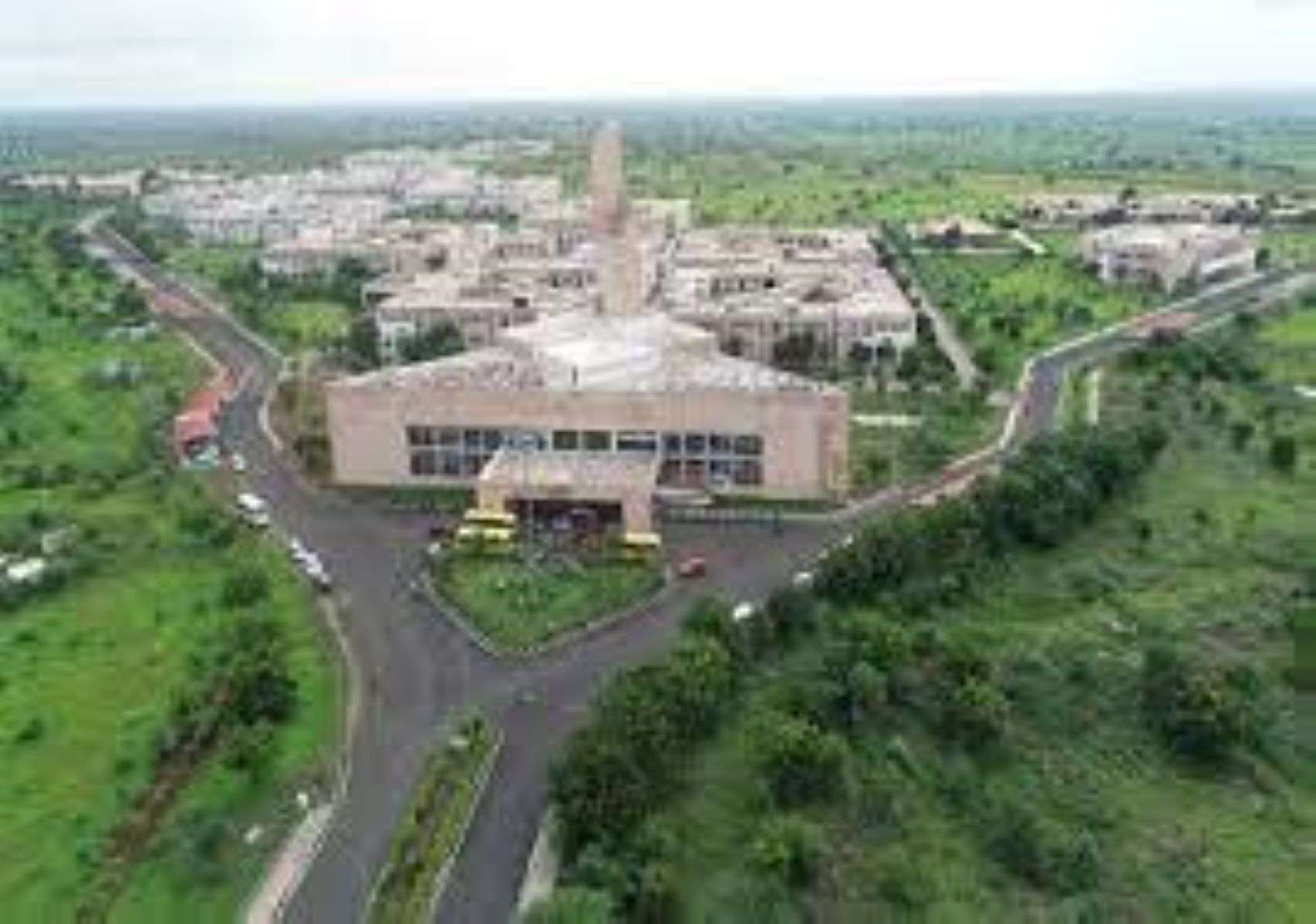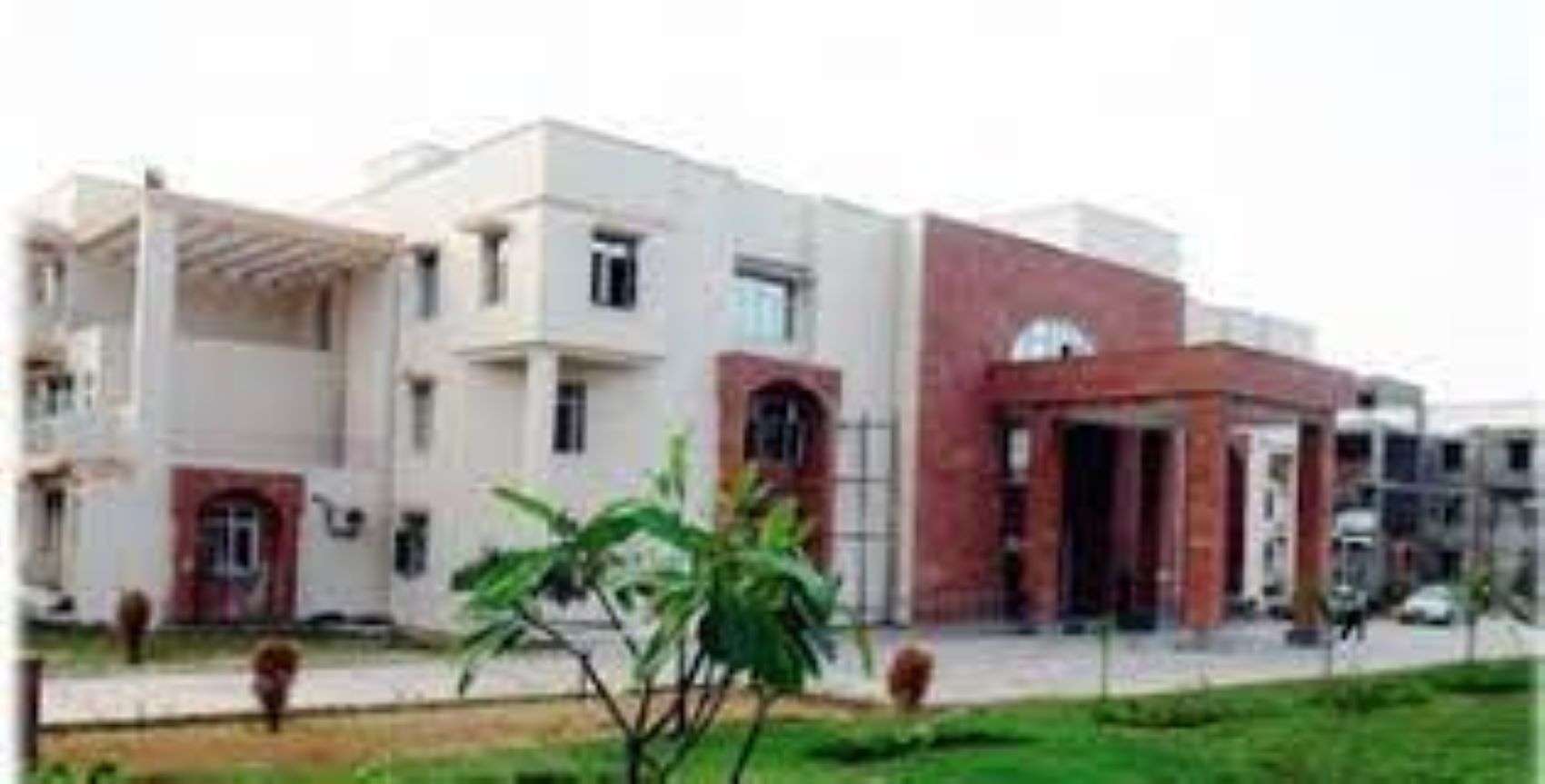Japan on Thursday celebrated 75 years since the world’s first atomic bomb attack, which killed some 140,000 people in Hiroshima and left many others deeply traumatized and even stigmatized. A second bomb was dropped on Nagasaki on August 9, 1945, killing an additional 74,000 people.
Here are some facts about the devastating attacks
The bombs: The first atomic bomb was dropped on the western city of Hiroshima on August 6, 1945 by the American bomber Enola Gay. The bomb was nicknamed “Little Boy” but its impact was anything but minimal. It exploded about 600 meters from the ground, with a force equivalent to 15,000 tons of TNT, and killed 140,000 people. Tens of thousands of people died instantly, while more died of injury or illness in the weeks, months and years that followed.
- Three days later, the United States dropped a second bomb, dubbed “Fat Man”, on the city of Nagasaki, killing an additional 74,000 people. The attacks remain the only time atomic bombs have been used in time of war.
The attacks: When the bomb was dropped on Hiroshima, the first thing people noticed was an “intense fireball”, according to the International Committee of the Red Cross (ICRC). Temperatures near the explosion reached about 7,000 degrees Celsius (12,600 Fahrenheit), causing fatal burns within a radius of about three kilometers (five miles).
- ICRC experts say there have been cases of temporary or permanent blindness due to the intense flash of light and the resulting damage, such as cataracts.
- A vortex of heat generated by the explosion also sparked thousands of fires that burned several square kilometers (miles) of the largely wooden town.
- A firestorm that consumed all available oxygen caused more suffocation deaths. It is estimated that victims of burns and fires are responsible for more than half of the immediate deaths in Hiroshima.
- The explosion generated a huge shock wave which in some cases literally swept people away. Others were crushed to death inside collapsed buildings or were injured or killed by flying debris.
“I remember the charred bodies of children thrown around the hypocenter as black rocks,”
Koichi Wada, an 18-year-old witness at the time of the Nagasaki attack, said of the bombing.
Radiation Effects: The bombings triggered radiation that was fatal both immediately and in the long term. Radiation sickness was reported after the attack by many survivors of the initial explosion and firestorm.
- Acute radiation symptoms include vomiting, headache, nausea, diarrhea, bleeding and hair loss, and radiation sickness is fatal for many within weeks or months.
- The survivors of the bomb, known as “hibakusha”, also experienced longer term effects, including high risks of thyroid cancer and leukemia, and Hiroshima and Nagasaki experienced high rates of cancer .
- Of the 50,000 radiation victims in the two cities studied by the Radiation Effects Research Foundation of Japan and the United States, about 100 died of leukemia and 850 suffered from radiation-induced cancer.
- However, the group found no evidence of a “significant increase” in severe birth defects in the children of the survivors.
The aftermath: The two bombings dealt the final blow to Imperial Japan, which surrendered on August 15, 1945, ending World War II. Historians have questioned whether the devastating bombardments ultimately saved lives by ending the conflict and preventing a ground invasion.
- But those calculations meant little to survivors, many of whom have faced decades of physical and psychological trauma, as well as the stigma that sometimes accompanies being a hibakusha.
- Despite their suffering and their status as the first victims of the atomic age, many survivors were rejected, especially by marriage, because of prejudices about exposure to radiation.
- Survivors and their supporters have become some of the strongest and most powerful voices opposing the use of nuclear weapons, meeting with world leaders in Japan and abroad to make their case.
- Last year, Pope Francis met several hibakusha during visits to Hiroshima and Nagasaki, paying homage to the “indescribable horror” suffered by the victims of the attacks.
- In 2016, Barack Obama became the first sitting US president to visit Hiroshima. He did not apologized for the attack, but embraced the survivors and called for a world free of nuclear weapons.











More Stories
Registration for CLAT 2025 begins today; last date October 15
CLAT 2025 registration will begin on July 15
Delhi University 5 Year Law Programs Registration Begins